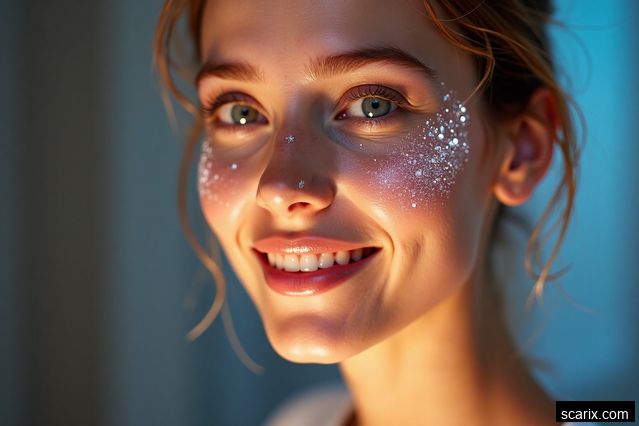The Clean Beauty Movement
Clean beauty is a holistic approach to skincare and cosmetics that focuses on using non-toxic, ethically sourced, and environmentally friendly ingredients. It emerged as a response to the growing concerns regarding the potential health risks associated with certain chemicals commonly found in beauty products.
Transparency and Ingredient Lists
One of the key aspects of clean beauty is transparency. Clean beauty brands prioritize providing detailed ingredient lists, allowing consumers to make informed decisions about the products they use. By understanding what goes into their skincare and cosmetics, consumers can avoid potentially harmful chemicals and allergens.
The Impact on the Beauty Industry
The rise of clean beauty has had a profound impact on the beauty industry as a whole. Traditional brands have had to adapt to meet the demands of consumers seeking cleaner alternatives. Many have reformulated their products to remove potentially harmful ingredients and embrace more sustainable practices.
Sustainable Packaging
Clean beauty goes beyond the ingredients used in products; it also emphasizes sustainable packaging. Many clean beauty brands opt for recyclable or biodegradable packaging materials, reducing the environmental impact of their products. This shift has driven other brands to reevaluate their packaging practices and explore more eco-friendly alternatives.
Certifications and Third-Party Testing
To ensure the authenticity and quality of clean beauty products, certifications and third-party testing have become crucial. Various organizations provide certifications that guarantee products adhere to specific standards, such as being free from harmful chemicals or cruelty-free. These certifications help consumers identify trustworthy clean beauty brands amidst the sea of greenwashing.
Greenwashing and Consumer Education
As clean beauty gains popularity, so does the risk of greenwashing. Greenwashing refers to misleading marketing tactics used by brands to make their products appear cleaner and more sustainable than they actually are. Consumer education is essential in navigating through greenwashing and understanding the importance of certifications and third-party testing.
The Future of Clean Beauty
The future of clean beauty looks promising, with more brands embracing sustainable and ethical practices. The demand for clean beauty products is only expected to grow as consumers become increasingly conscious of the impact their choices have on their health and the environment. It is crucial for consumers to continue seeking out transparent brands and supporting the clean beauty movement.
The Power of Consumer Choices
Every purchase we make has the power to shape the beauty industry. By choosing clean beauty products, we send a clear message to brands that we prioritize our health and the well-being of the planet. Together, consumers can drive positive change and encourage the industry to prioritize sustainability, transparency, and ethical practices.







